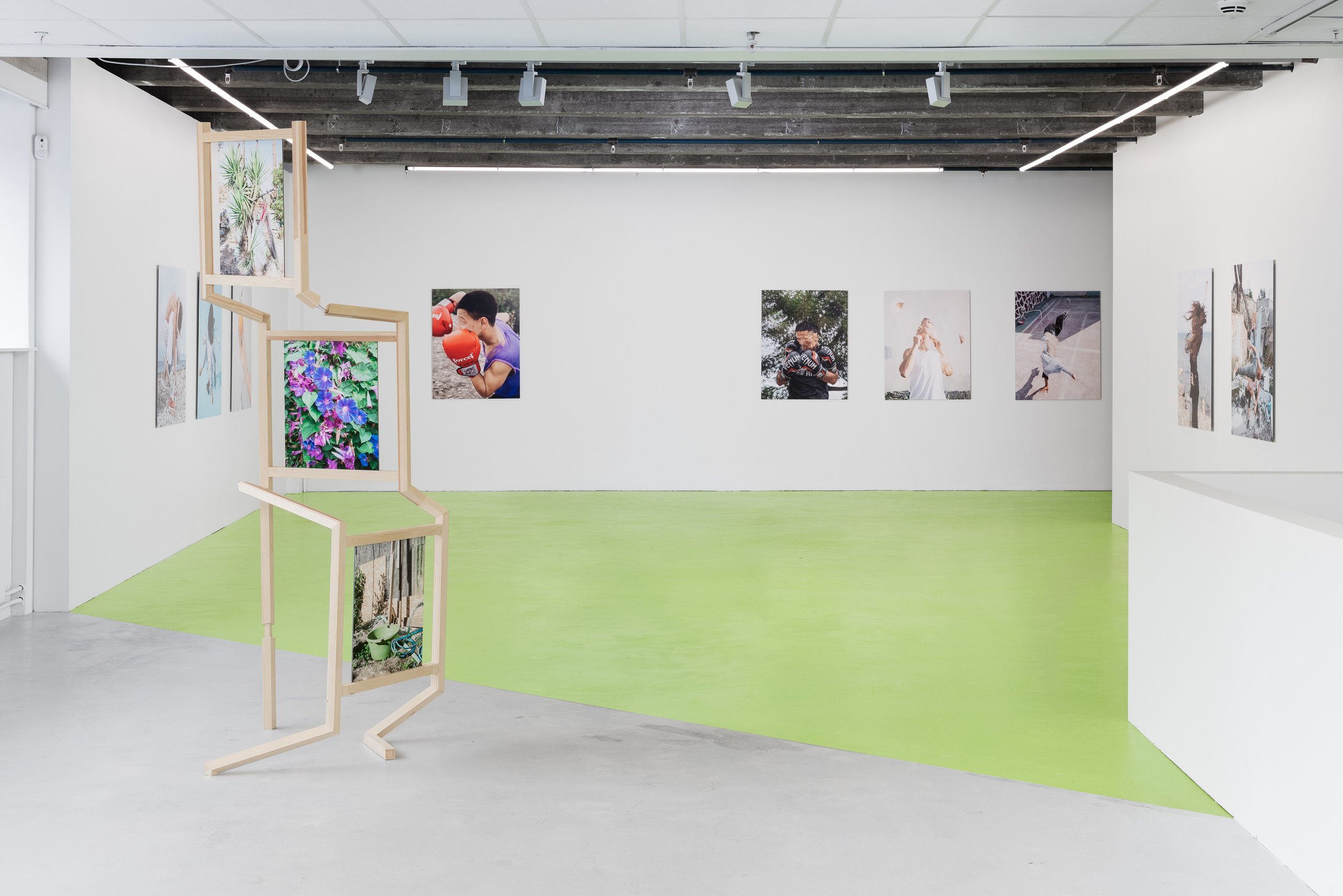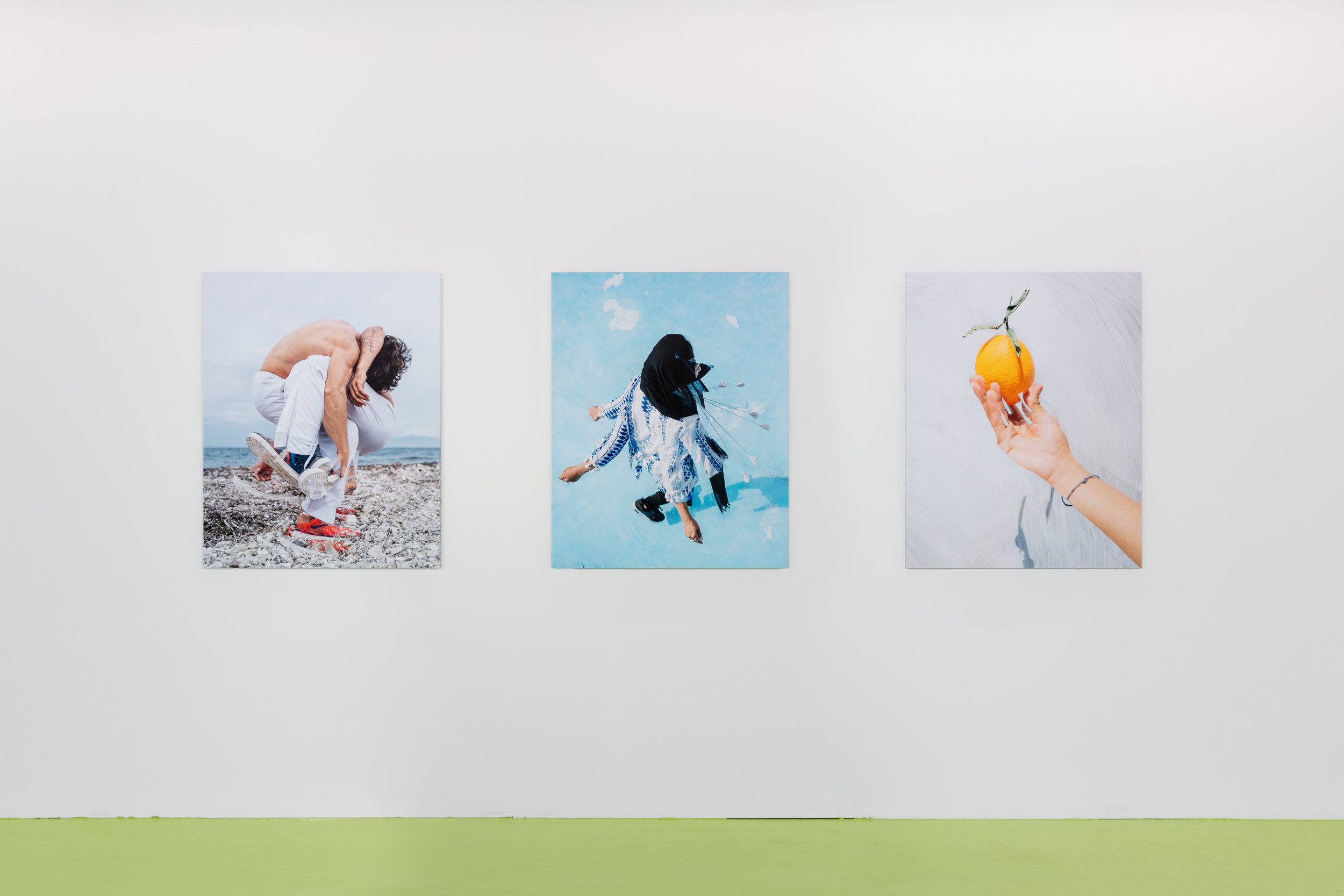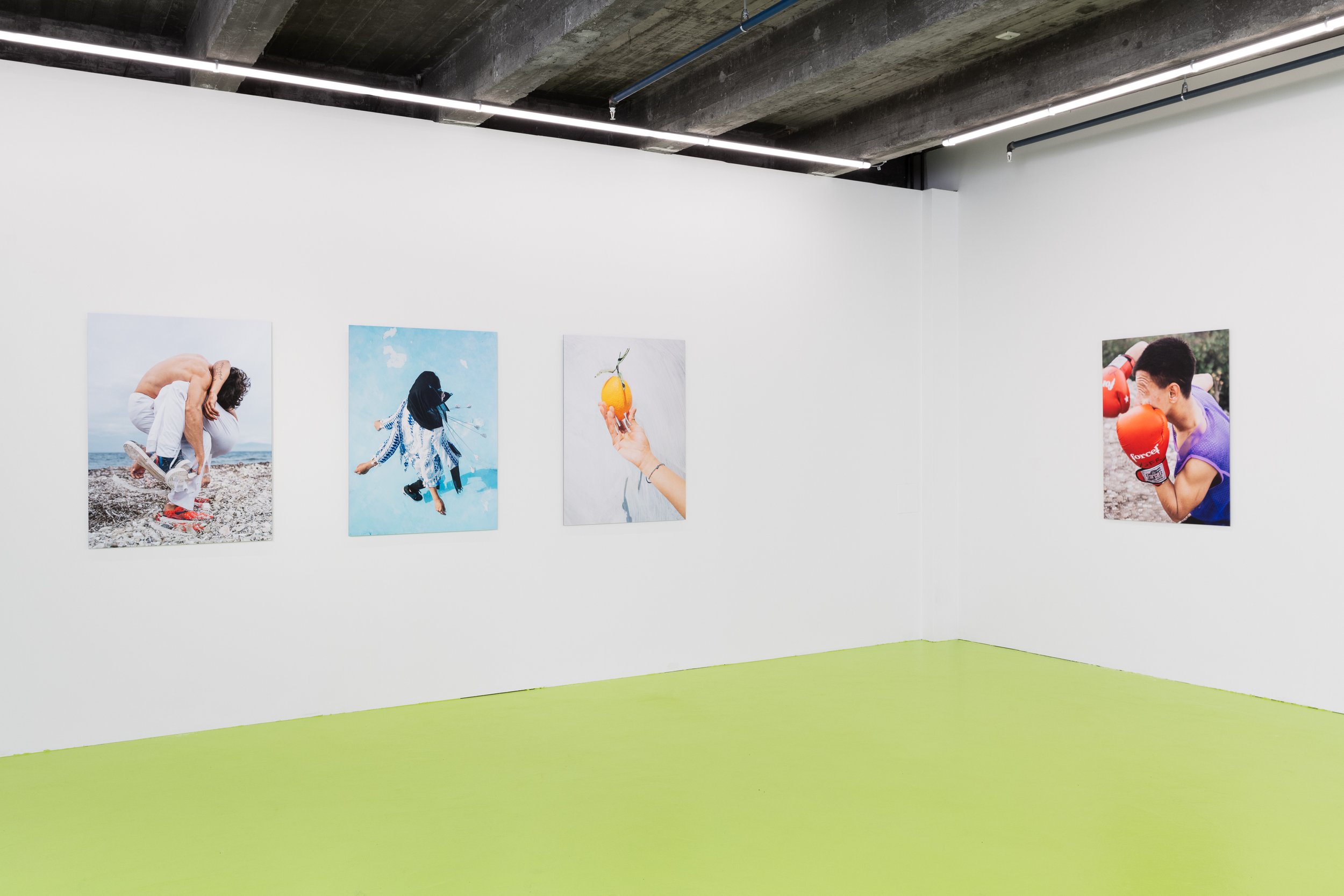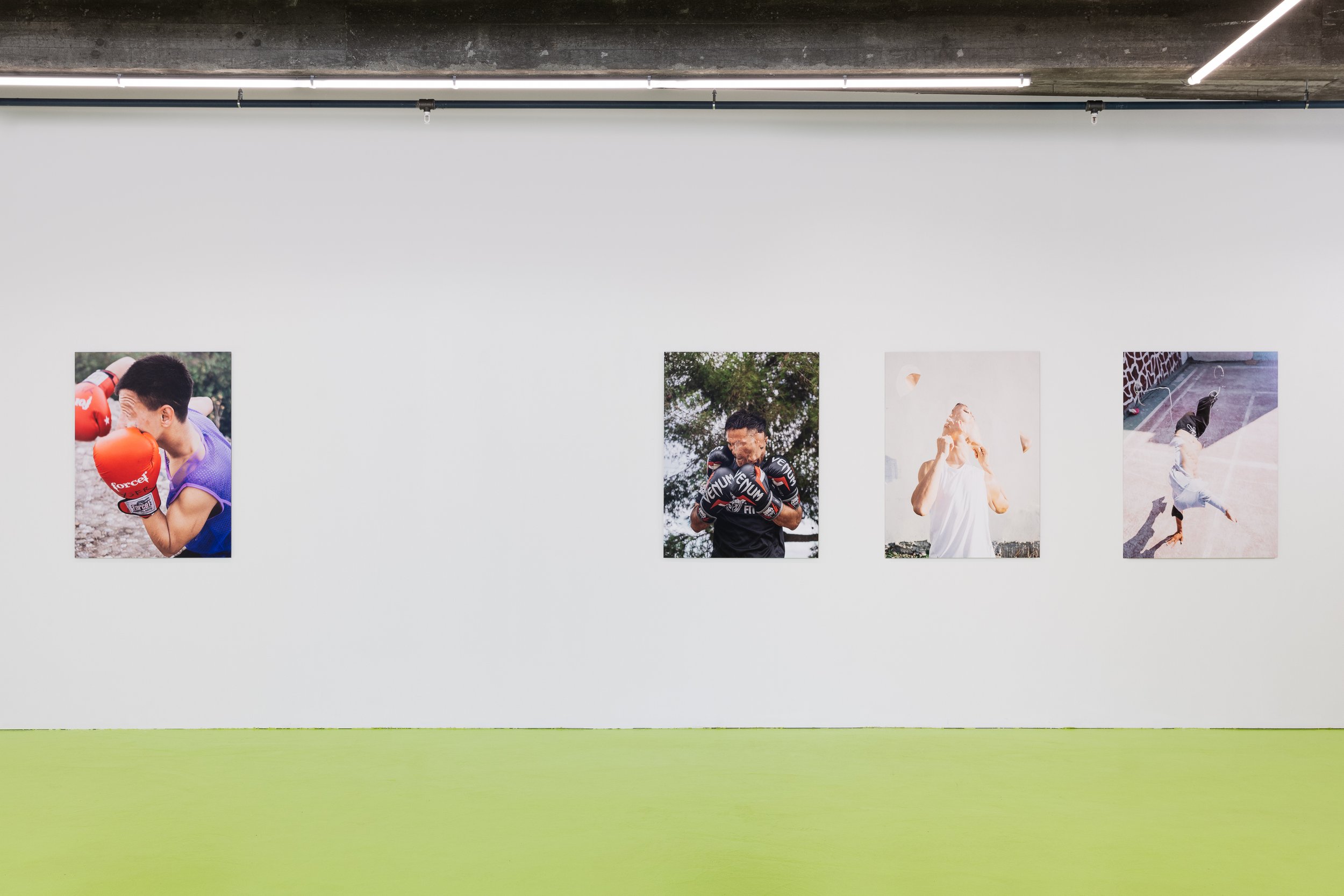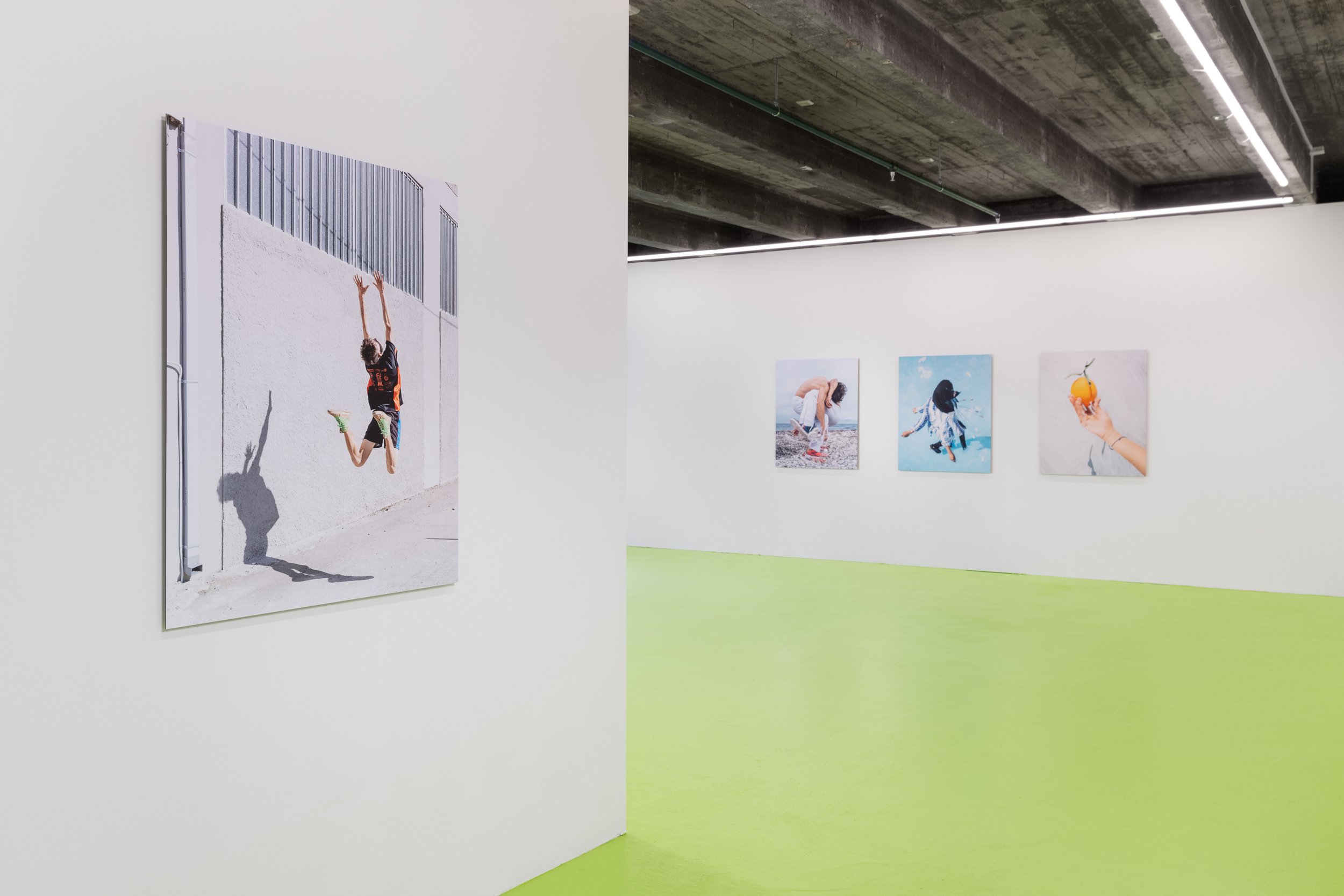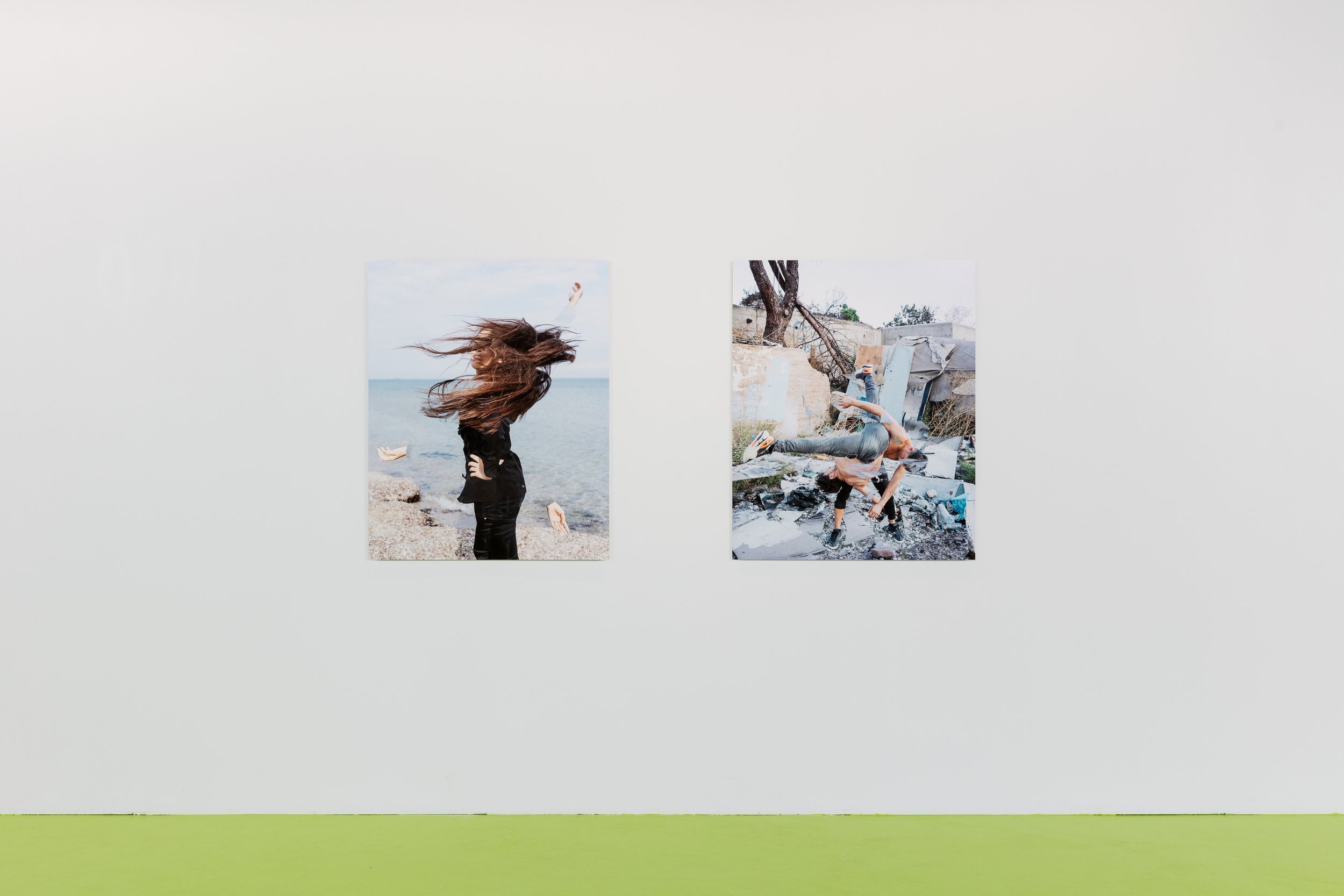
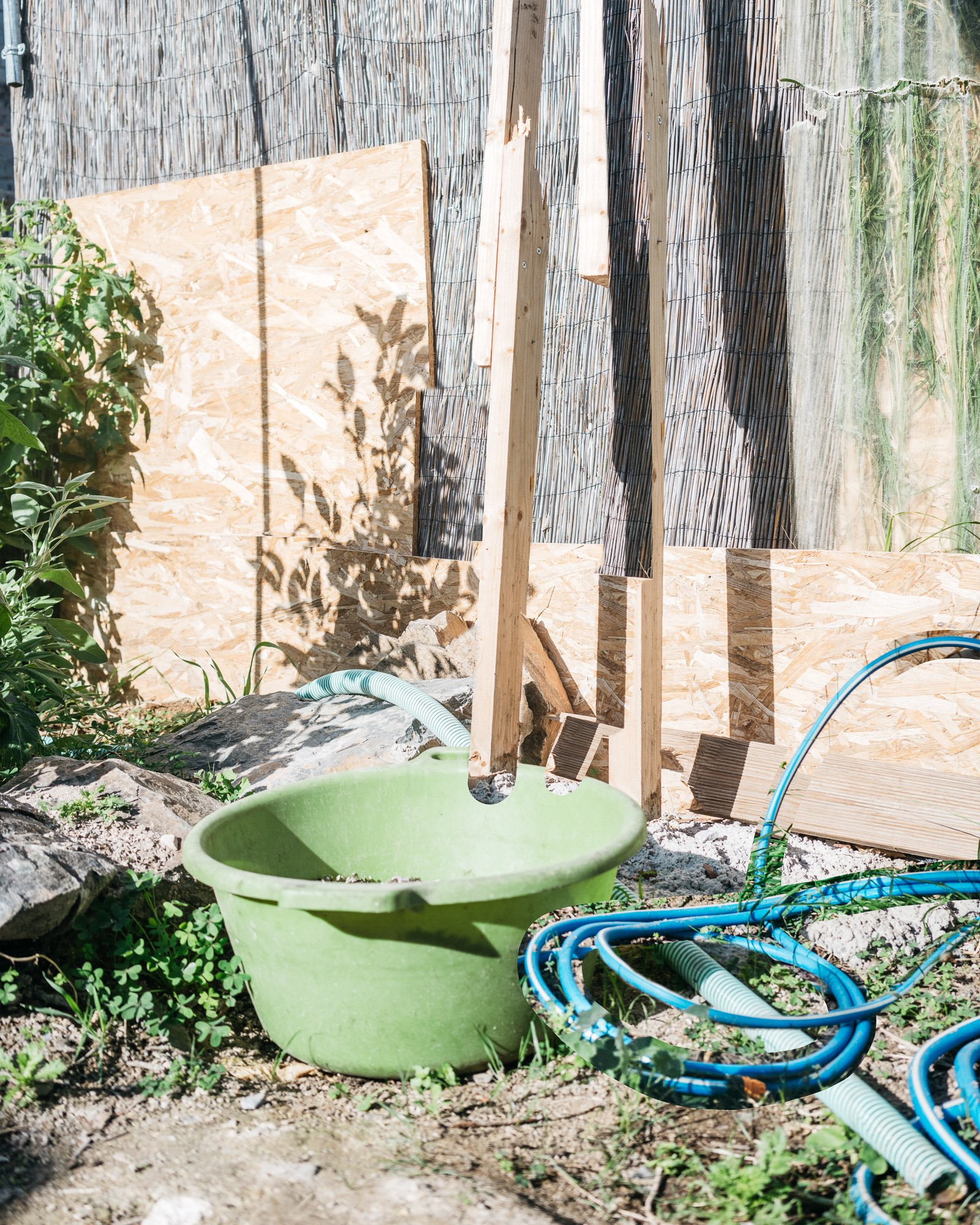
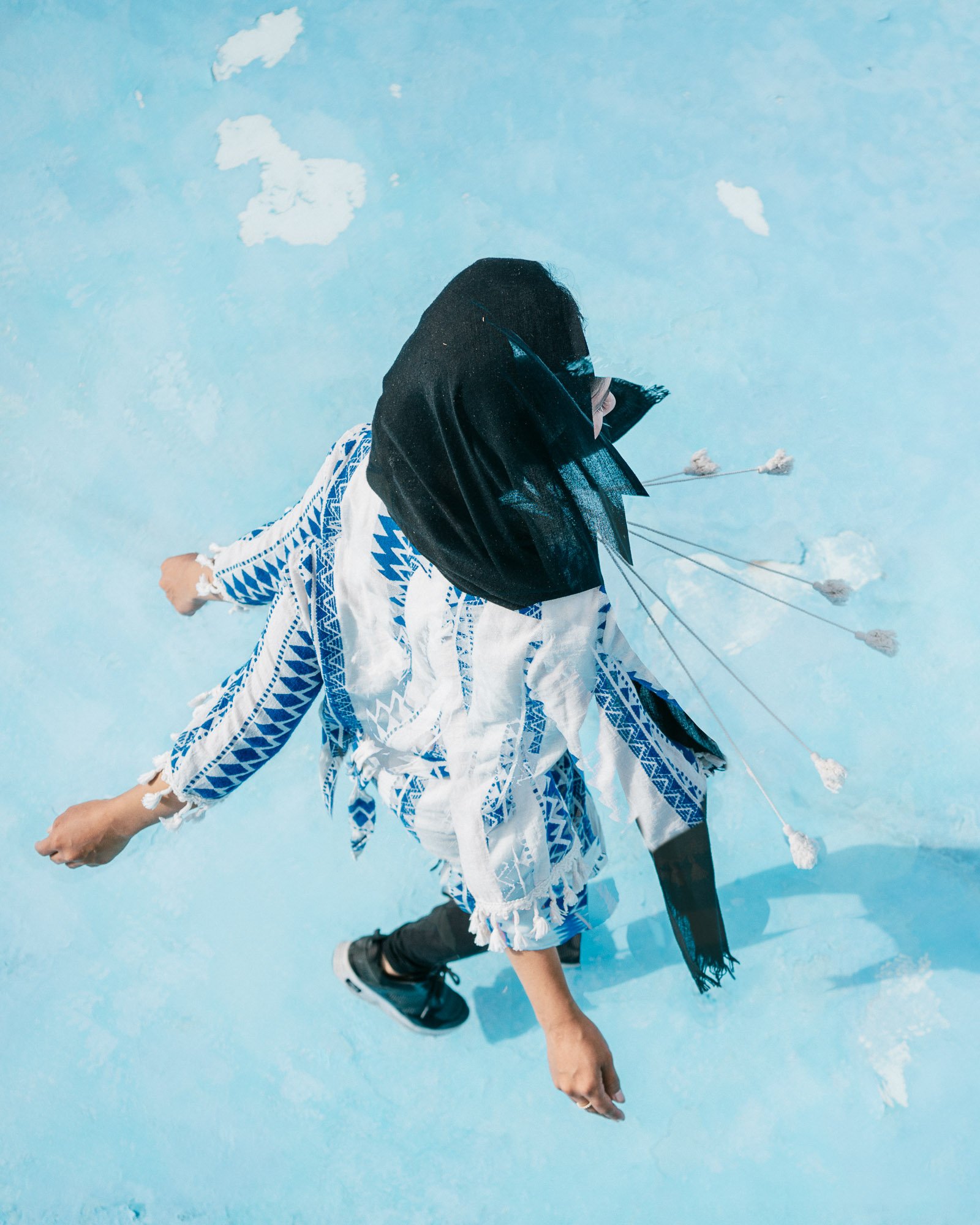

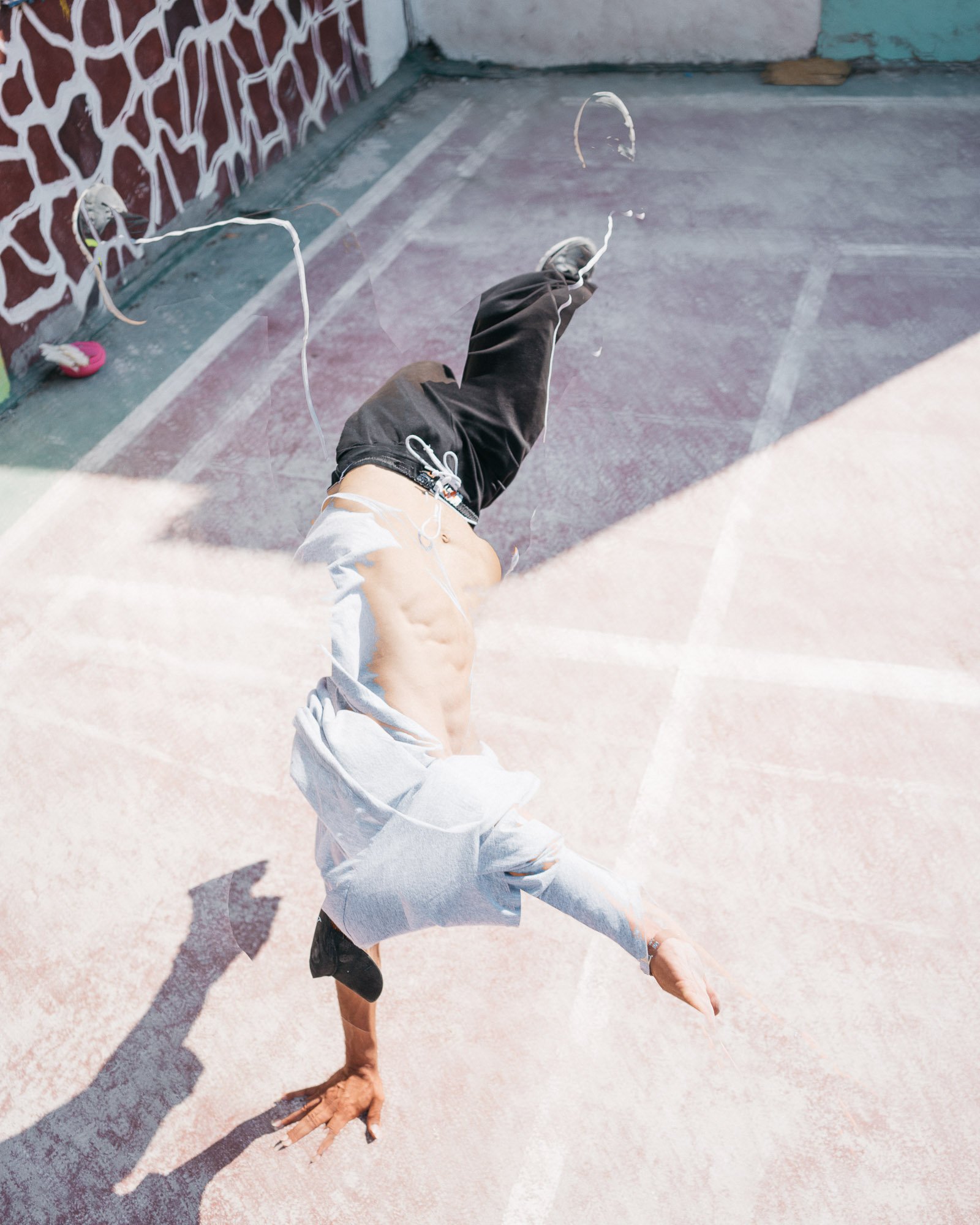
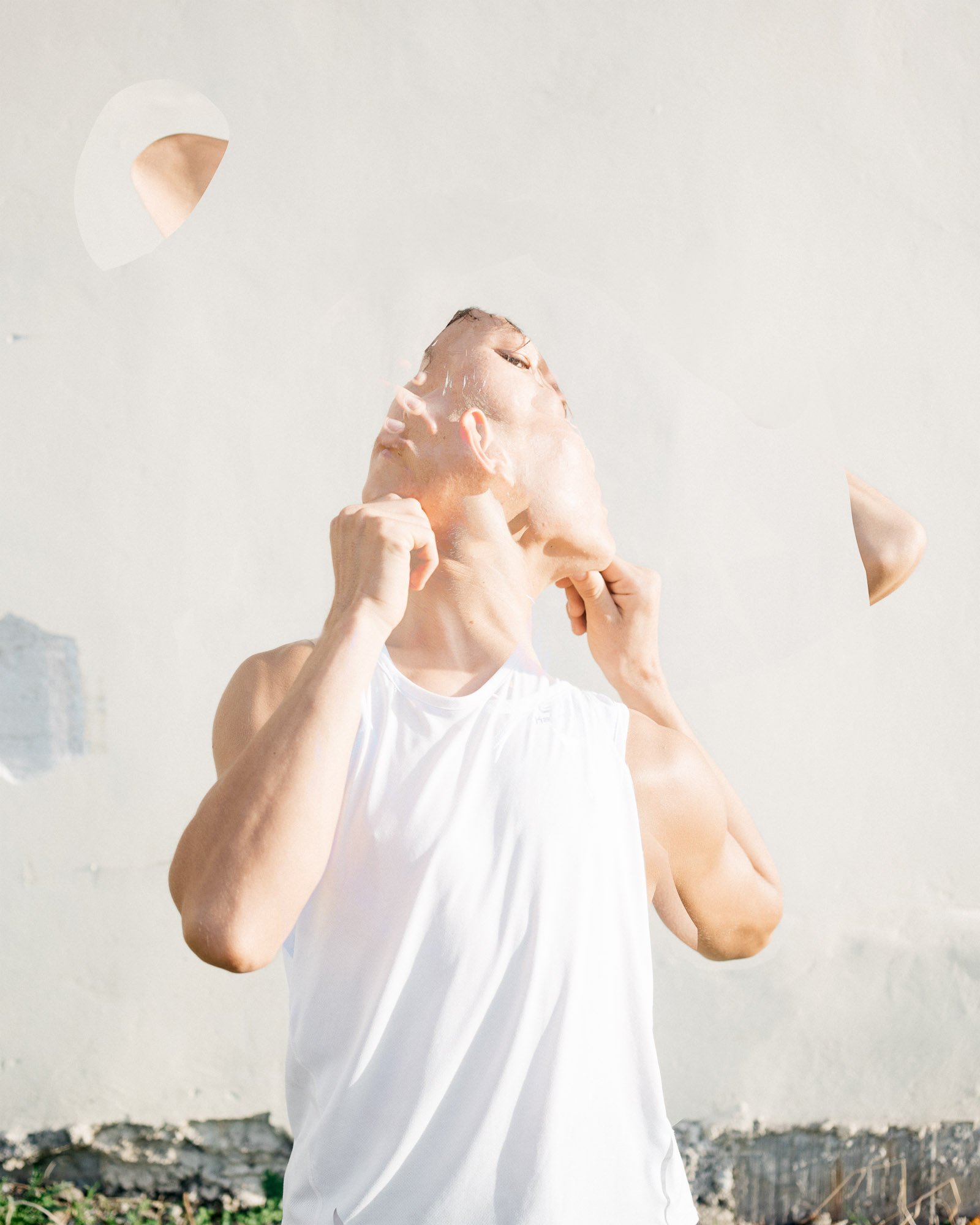

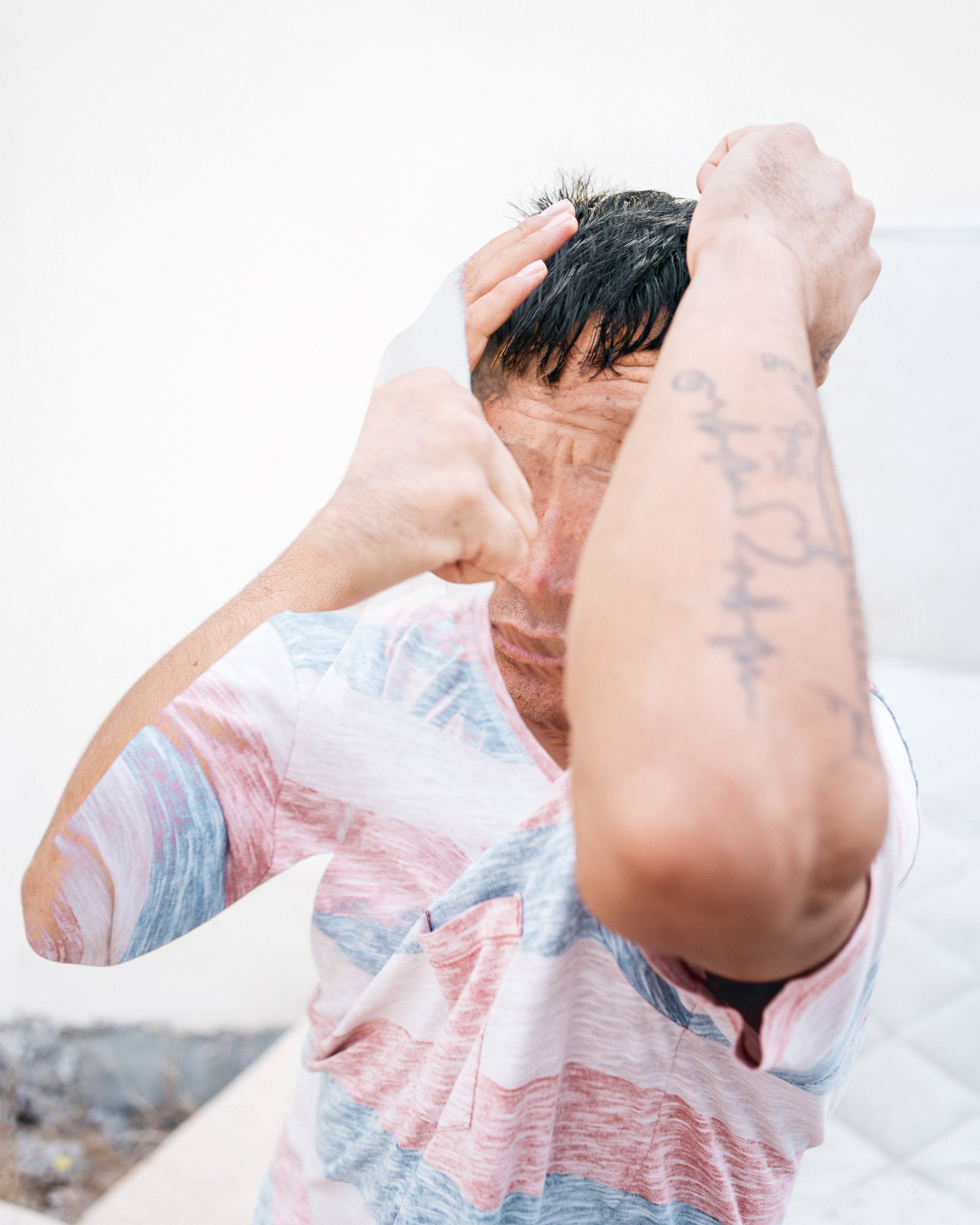
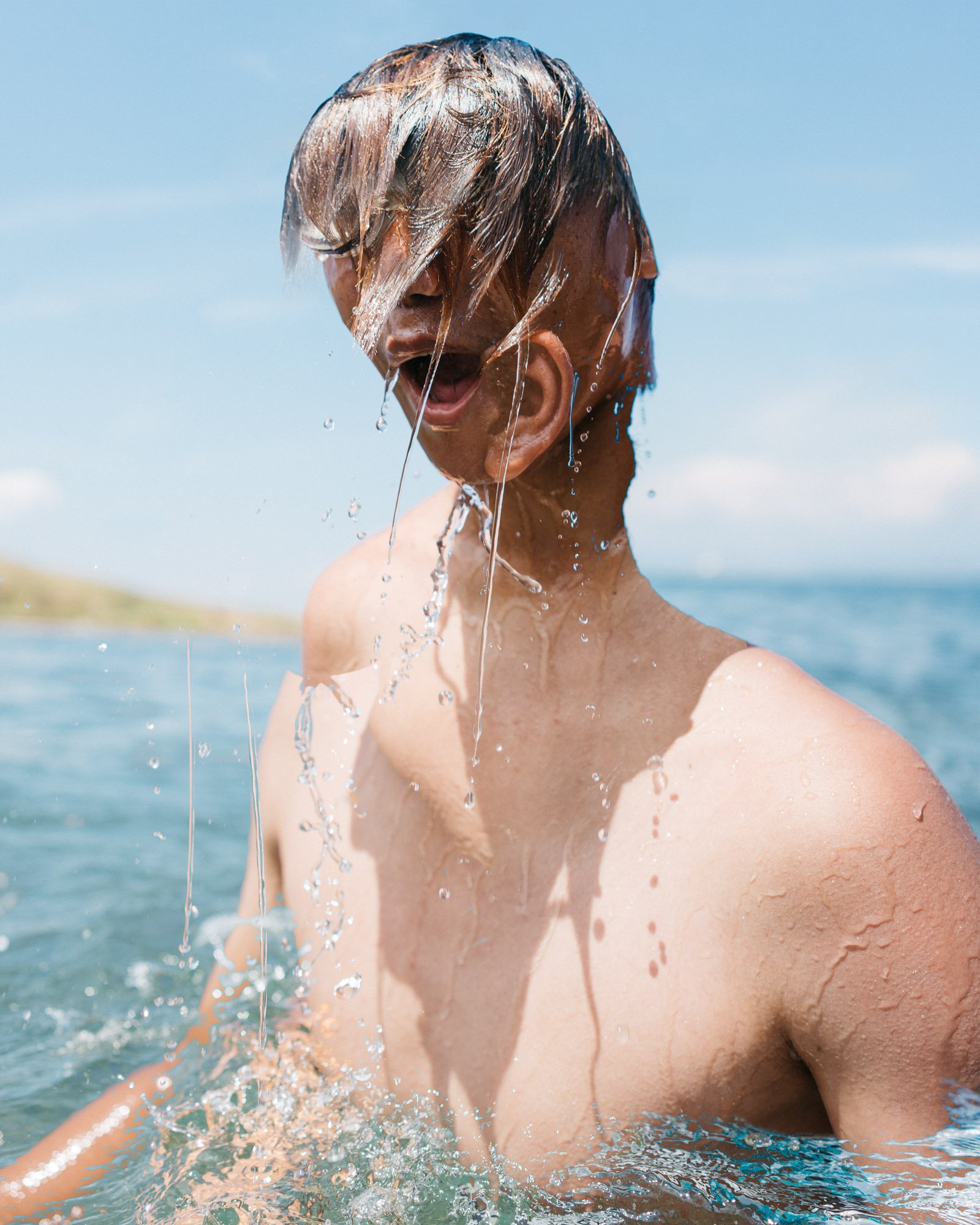
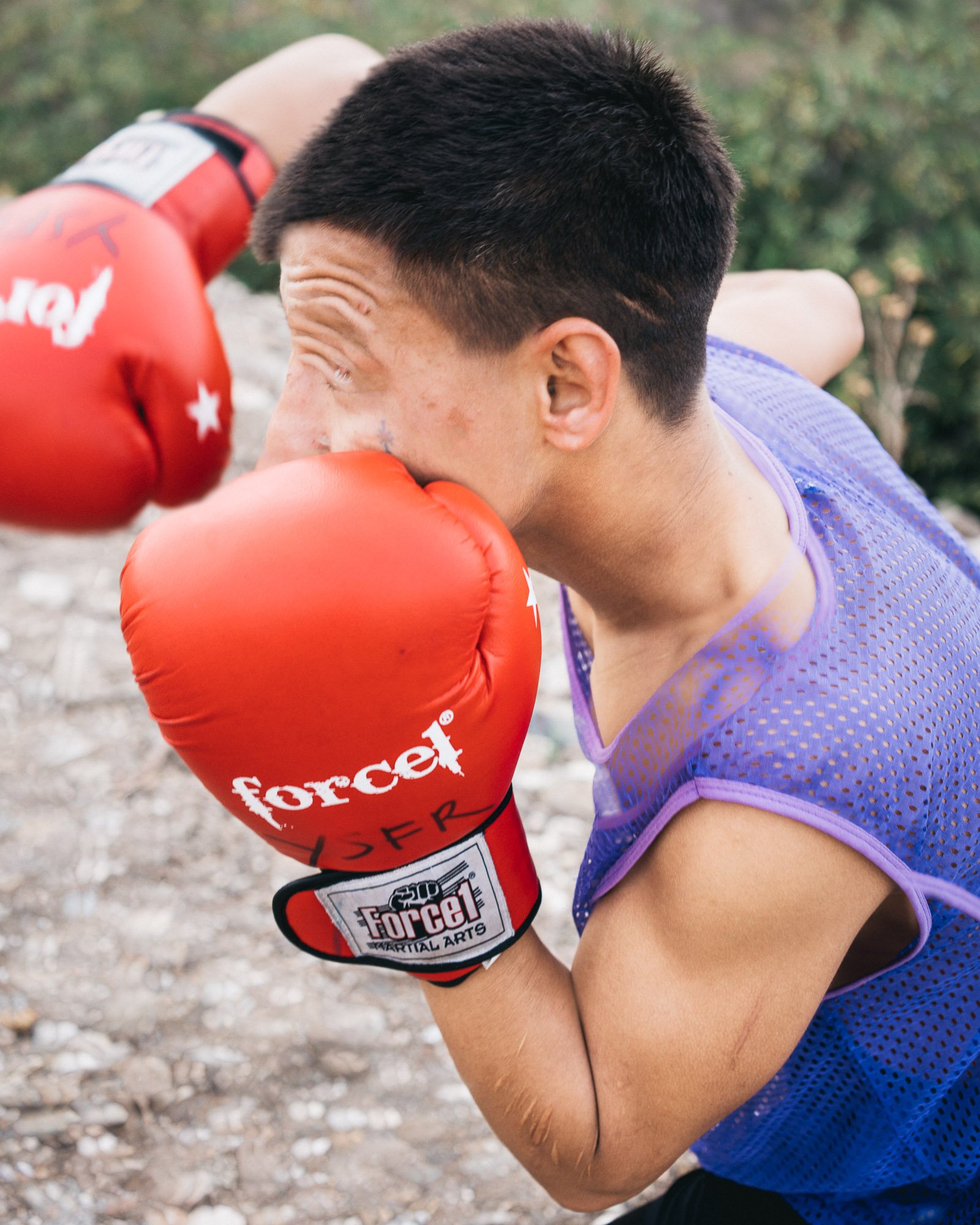
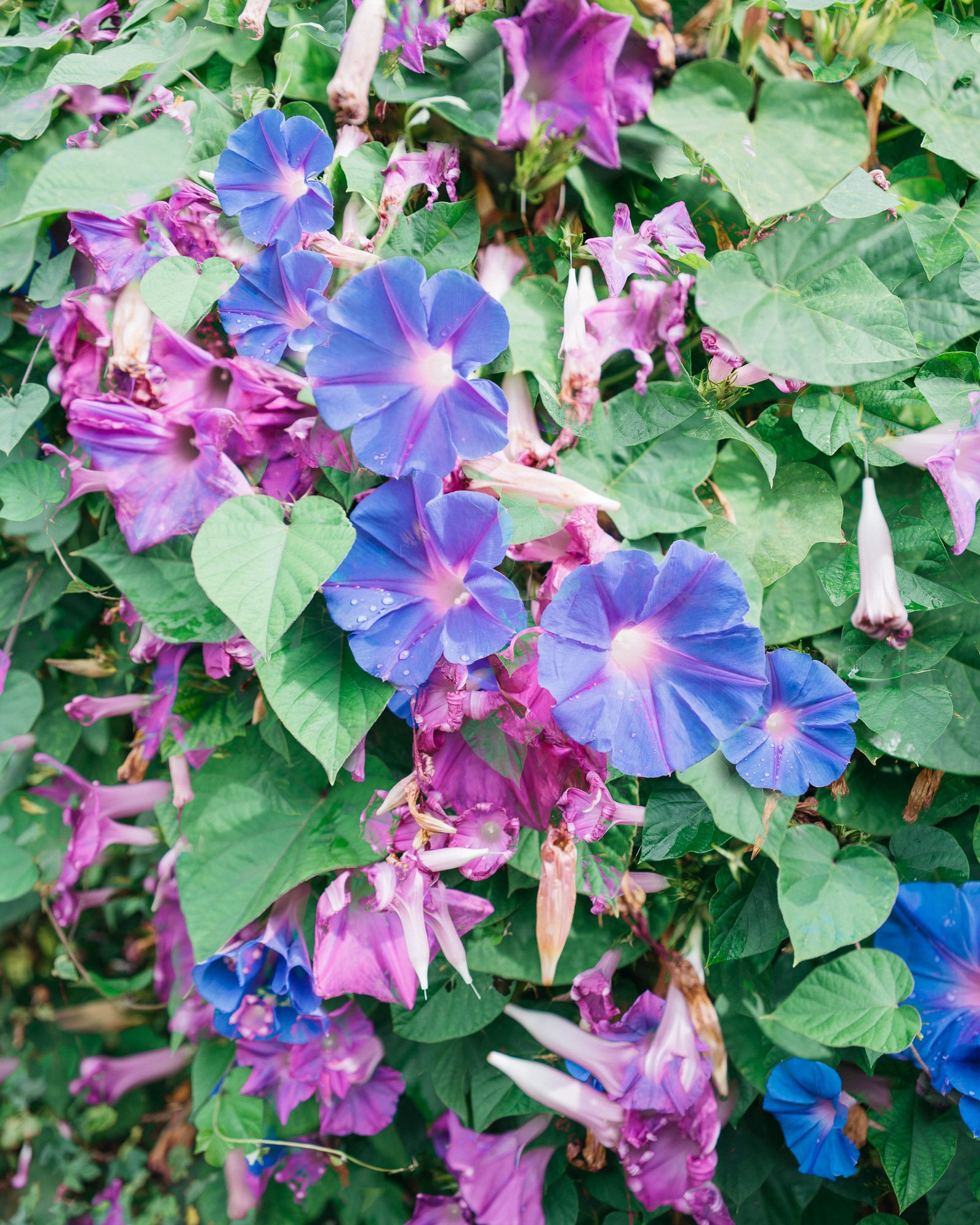
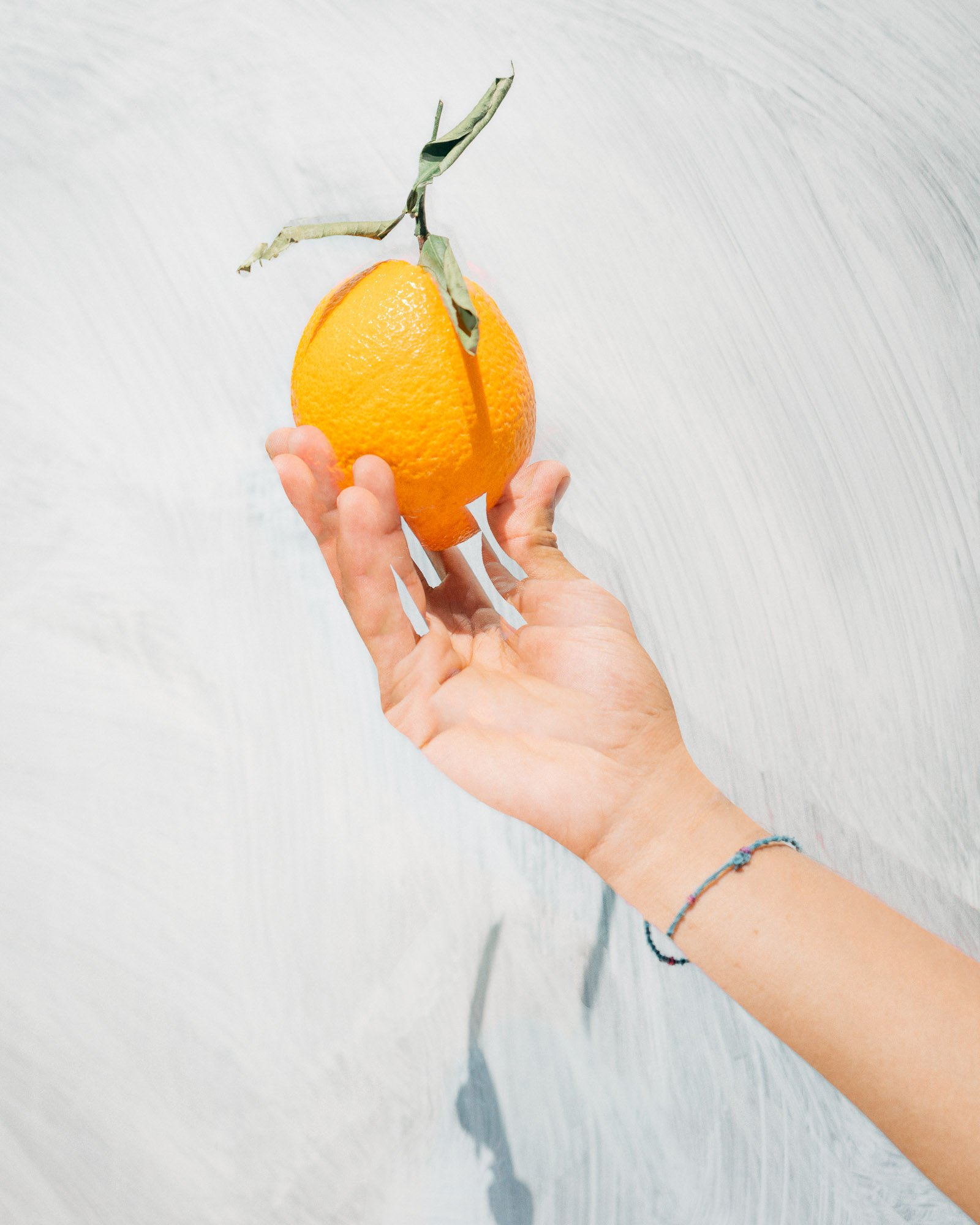
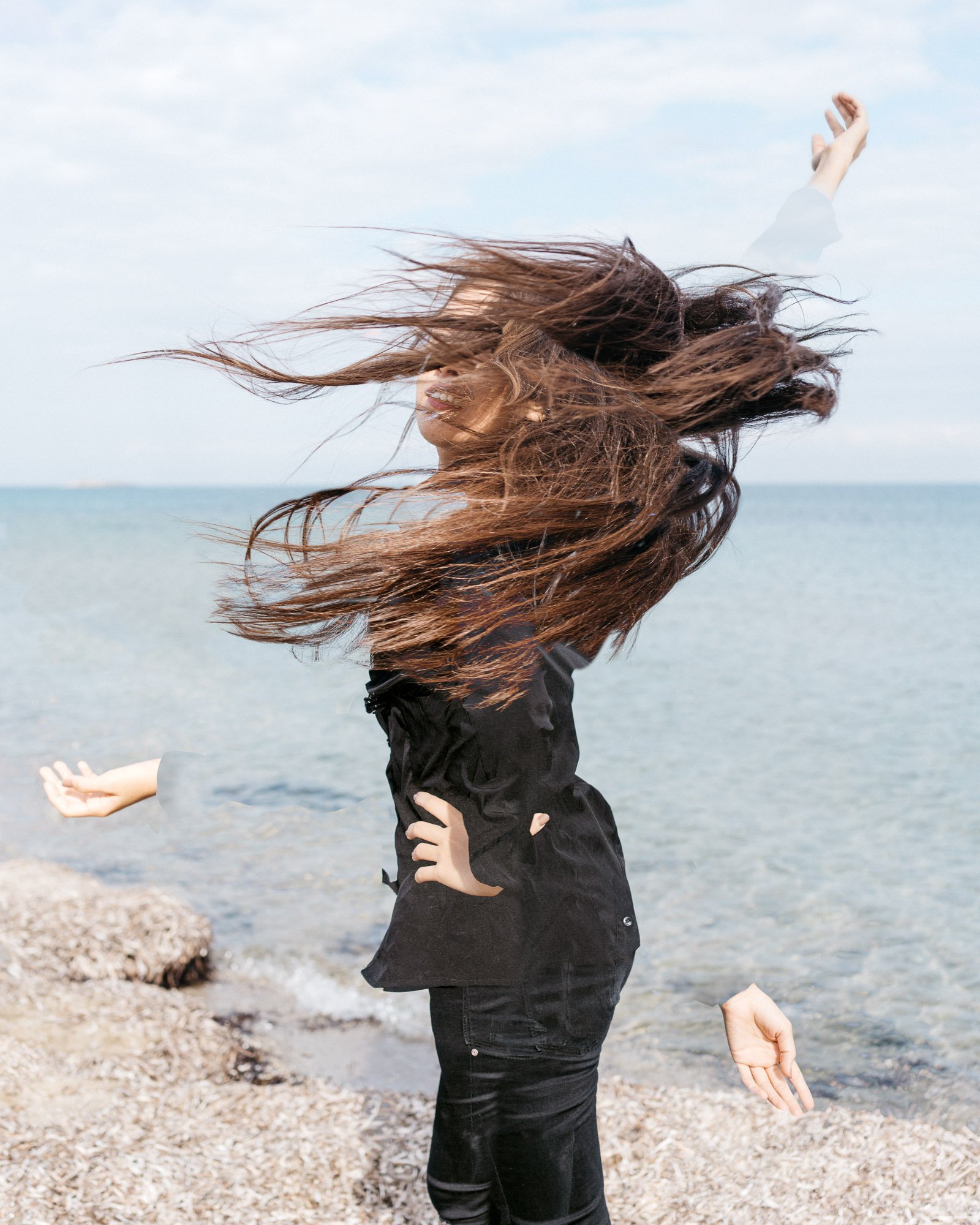
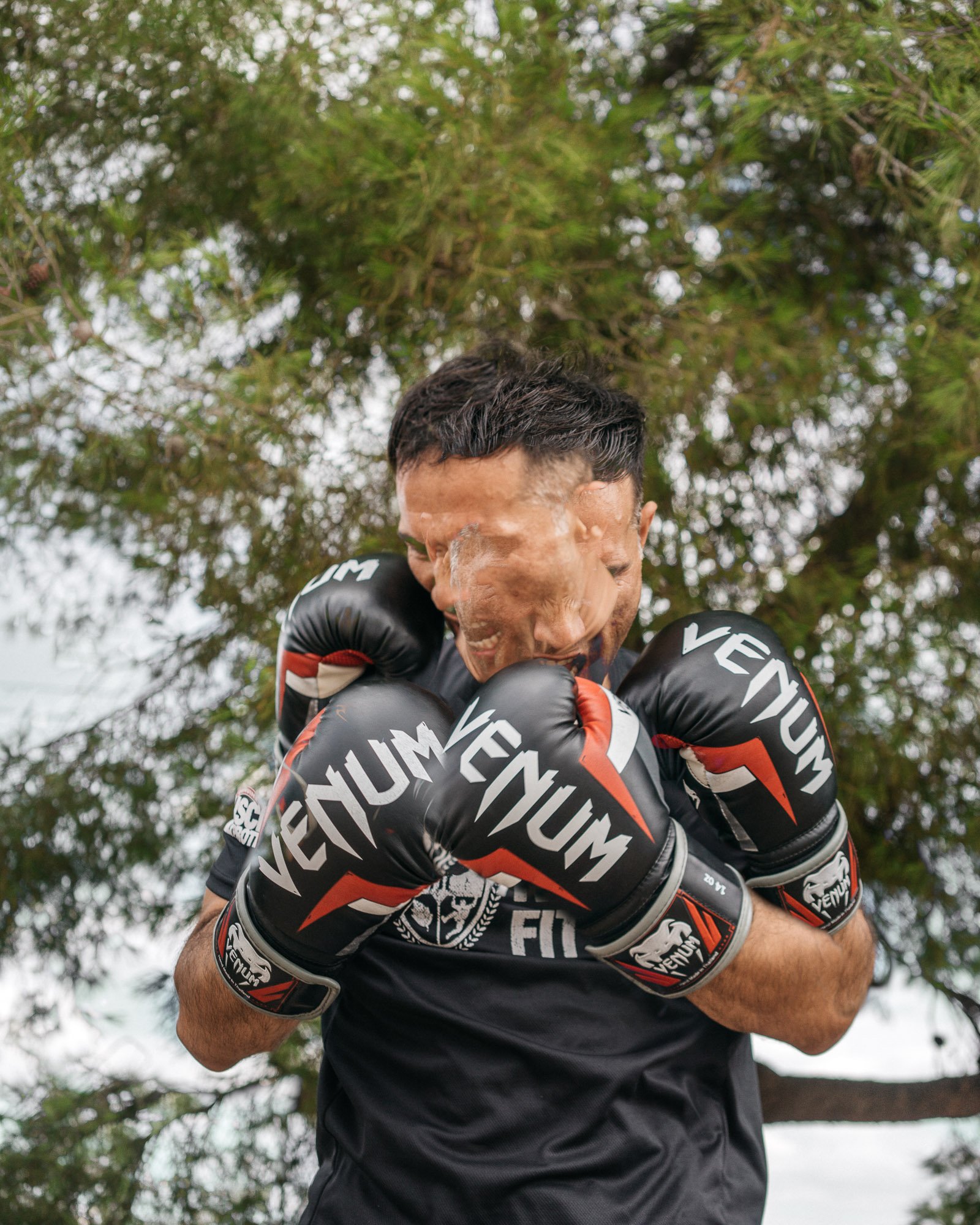
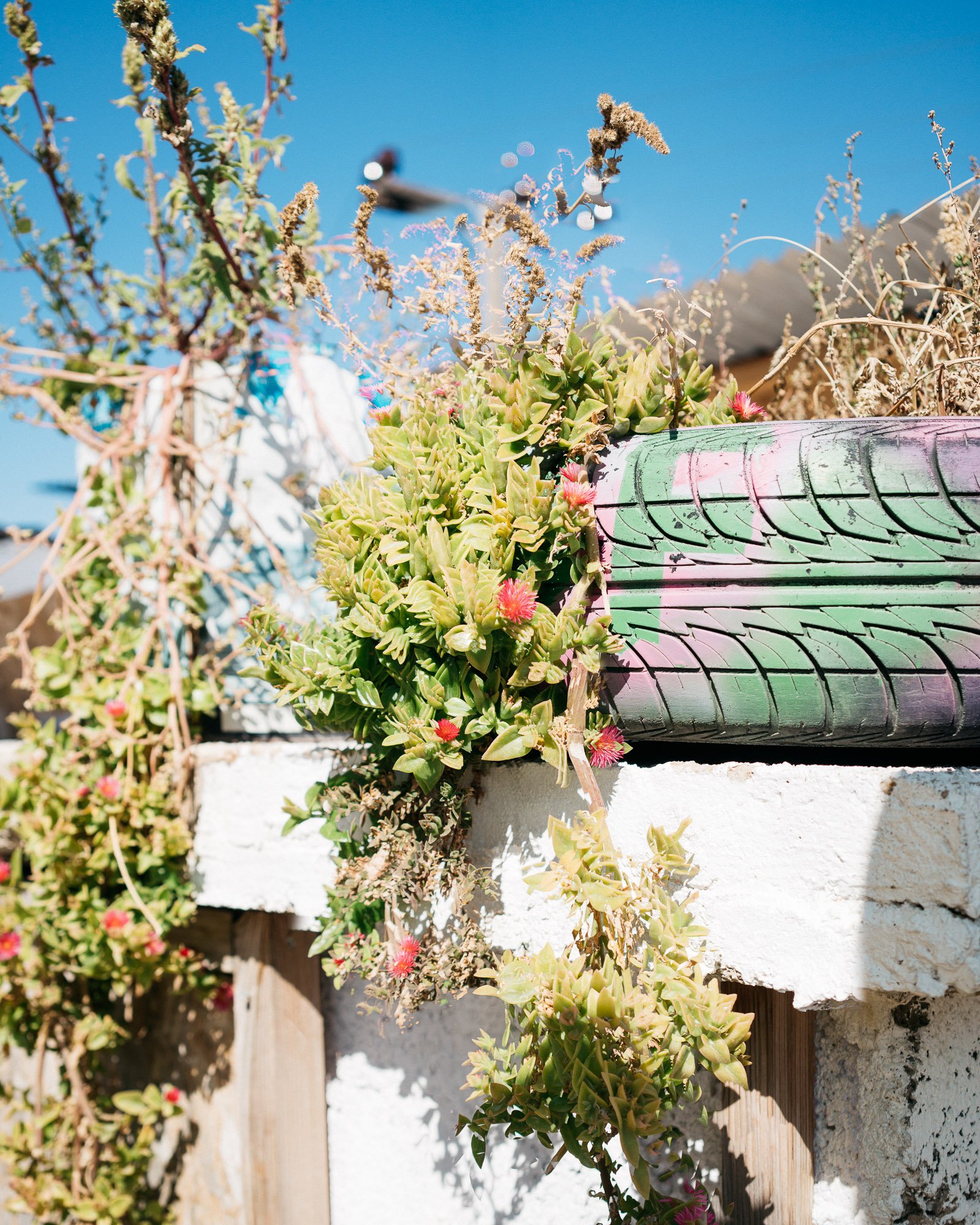
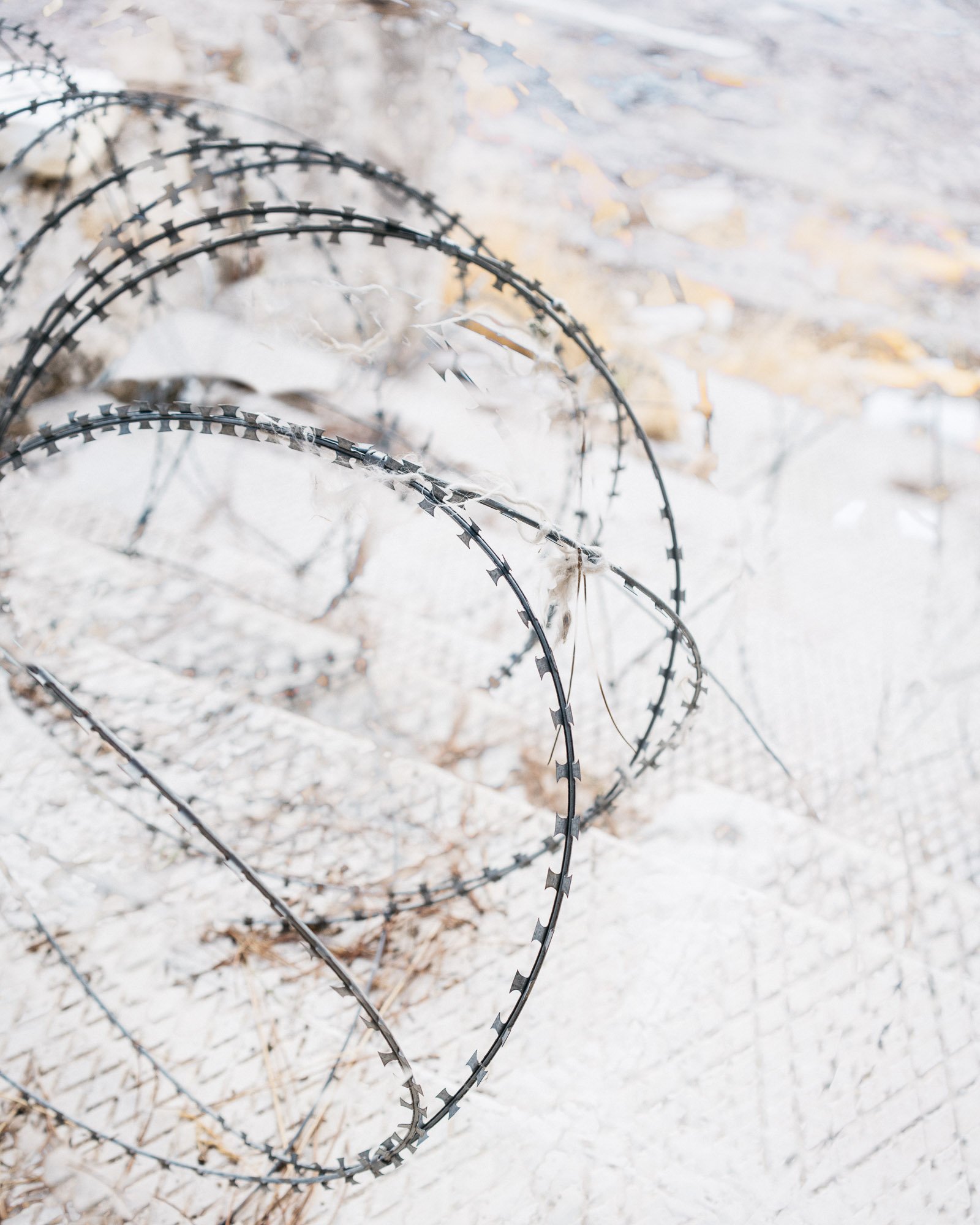
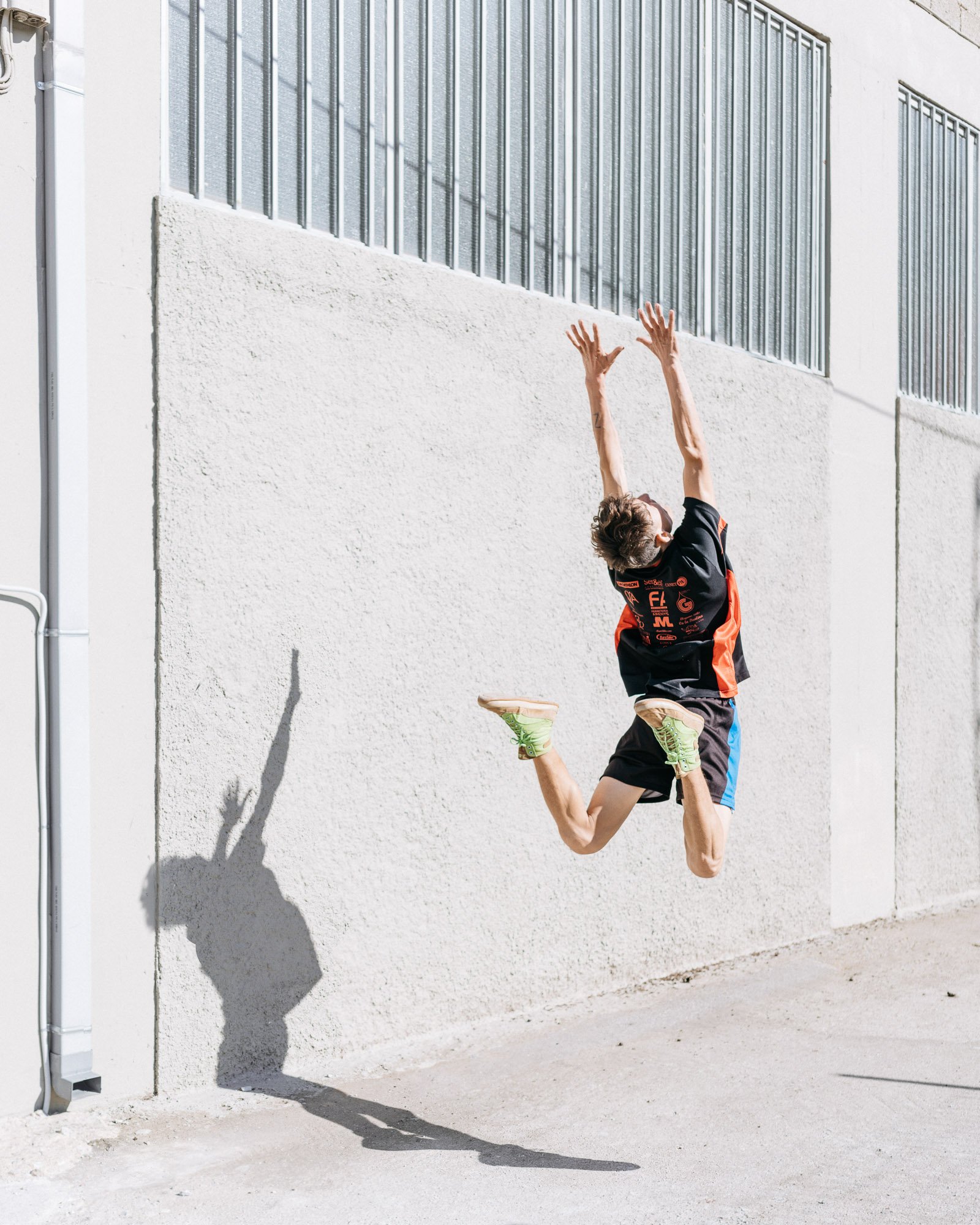
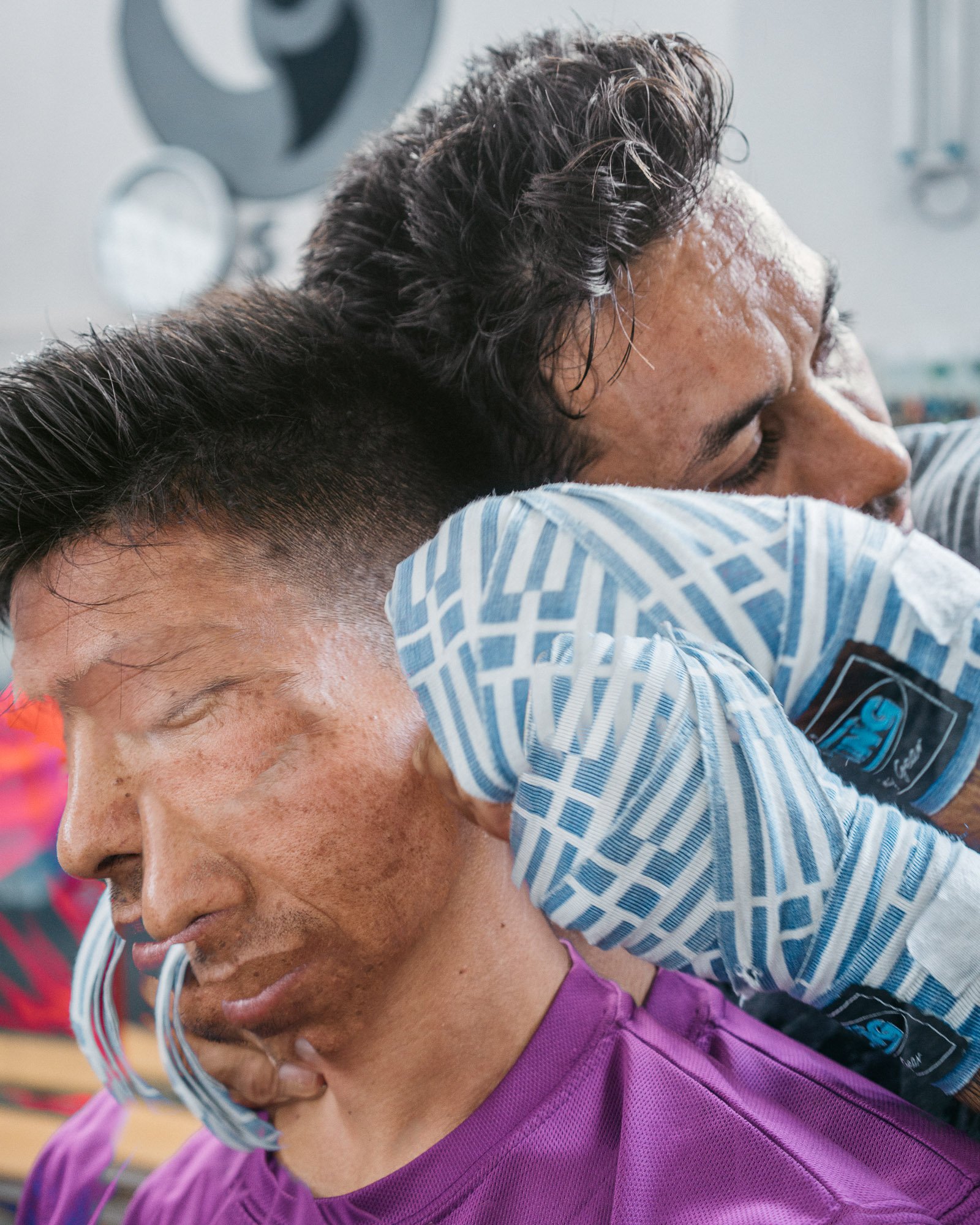

Reality Slipped Into a Symbol - 2022
FROM 2018 TO 2022, I spent time with refugees and migrants who play sports through the organization Yoga and Sports with Refugees (YSR) on Lesbos. During my stays, I took part in various activities such as yoga, swimming, wrestling, muay thai, kung fu, kickboxing, parkour, bodybuilding, and boxing.
Moria Camp, where YSR has organized its training activities since 2017, was arguably Europe’s worstrefugee camp, housing somewhere between 6 000 and 21 000 people, depending on the influx, in a camp designed for 3 000 people. YSR uses sports to help people find dignity and meaning, and to give them the mental and physical strength required to overcome the monotony, frustration and stagnation of their current situation. Today, the situation in the Mediterranean region is still profoundly serious, and we see refugees being treated inhumanely, as Europe constantly violates the basic human rights of individuals applying for asylum.
Through my images, I hope to weave ponderings of the political and the ordinary together into a single narrative, and to use it to examine the complex relationship between form and content. By taking a formal approach, I want to see how precarious political and social conditions can be experienced through the everyday and the mundane. In a way, I hope to fuse our lives together through everyday experiences and closeness, as a way of talking about the simple and the grand stories of life at the same time.
The images in the current exposition are all conspicuously manipulated. The creation of these images was a visual process, based on working with the appearance and visuality of the image. Still, the motivation for the process was also intellectual; I wanted to disrupt documentary reading to push observers to question the objectivity of the images; to move from representation to immediate experience. In a world full of manipulated photographs, it is surprising that we still perceive photographs as true in many contexts, even knowing that they can easily be manipulated, and that narratives change depending on where you point the camera. I think this is related to the fact that we read photographs almost intuitively, meaning that we make little distinction between what we see and what we feel when the image is in front of us. Taken together, this means that the trust placed in images is not really about the images as such, but about trust in the photographer.
From 2021-2023 I participated in the NJP program, which resulted in a book, featuring contributions from Matthis Kleeb, Simen R. Ulvestad, Giulia Mangione, Lars Martin Hunstad, Jo Straube,and Erle Kyllingmark.
Generously supported by Freedom of Speech
NJP Goes North! Perspektivet Museum Tromsø, Norway 8.02.-31.08.25
with: Nora Savosnick, Javad Parsa, Christian Belgaux, Matthis Kleeb, Giulia Mangione, Jo Straube, Hilde Honerud
Preus Musem, 2024:
Chart, Copenhagen, 2022:
Vestfold kunstsenter, 2022:
